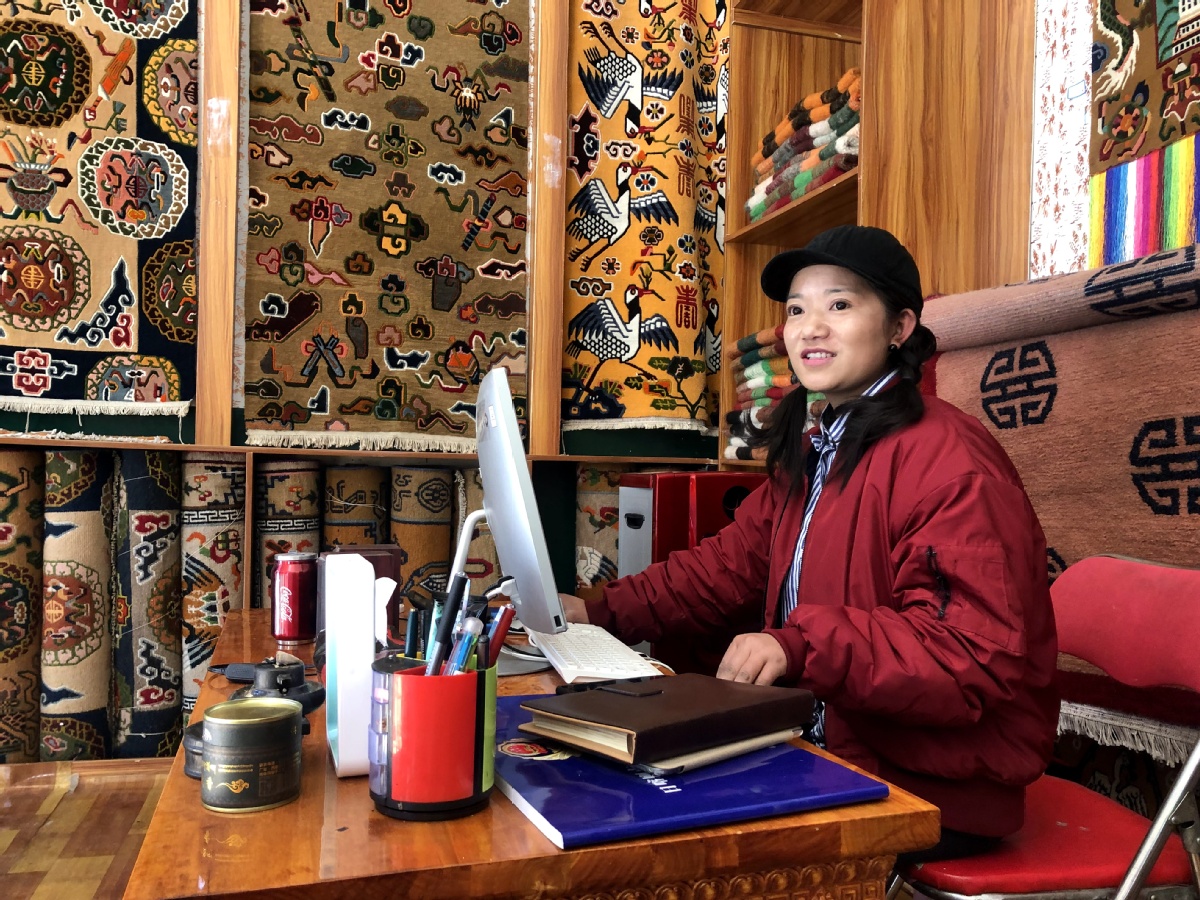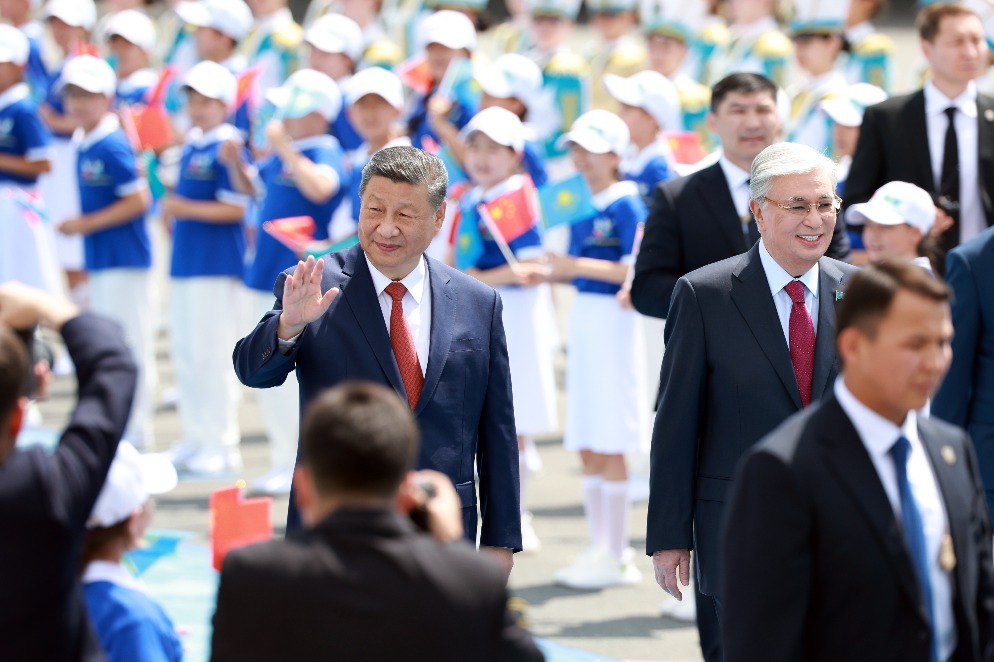Anti-poverty work makes life-changing progress on high


Role model
The local county government has held up her business as a model for the county's poverty alleviation efforts. Last year, with help from the government, a store selling her locally made products was set up at the county seat and the rent waived.
"Without the support of the government, my family and my friends, I could not have gone as far as I have. I feel grateful to all of them, especially the county government," Dadron said.
She plans to expand her business to benefit more fellow villagers. "I hope to encourage more villagers to learn skills to make carpets, tapestries and blankets. I hope more college graduates get involved in entrepreneurship and e-commerce," she said.
The regional authorities have also focused on moving communities to better homes to improve their lives.
A total investment of 18.92 billion yuan has been allocated to the effort, with more than 260,000 people moving into new homes in the past three years, accounting for more than 98 percent of the targeted population.
Samdrub Tsering, a villager of Kyilung in Namling county, said the new homes have allowed his community to benefit from modern amenities and technology.
Before moving in 2016, his fellow villagers faced a harsh environment, with the average altitude above 4,100 meters. Medical treatment, transportation and schools were inadequate, he said.
"Before 2016, I did not know that a mother could get subsidies and support when giving birth in a hospital. I did not know it could be safer for both mother and child," Samdrub Tsering said.
The township center also used to be inaccessible for many villagers, with the nearest household about 10 km away. Some families were 200 km from town, with no telecommunication networks available. Road conditions were terrible, he said.
Thanks to the government's poverty alleviation measures, livelihoods have since improved tremendously over the years, Samdrub Tsering said.
"Before 2016, I did not plan to send my children to school because it was too far. I worried about their journey there," he said, adding that everyone now wanted to send their children to receive education "as early as possible".
In the past, villagers also had to ride horses and yaks to go to hospital or get supplies, but now "we can drive or take a bus, it takes only a few minutes", Samdrub Tsering said.
Similarly, information about the latest policies and job opportunities to help residents move ahead are readily available in their new neighborhoods, a far cry from the remote, mountainous areas of the past, he said.























